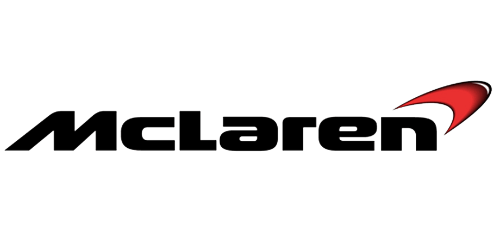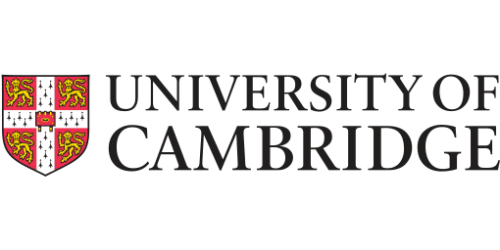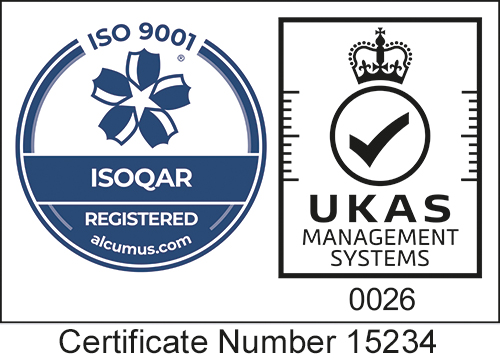A team of researchers from Heriot-Watt University recently conducted a study on inkjet printing techniques for wool and cotton fabrics. The research focused on achieving a sustainable and improved quality printing method compared with conventional methods. The results showed that inkjet printing, using plasma surface modification techniques, can produce vibrant and durable prints on natural fabrics with minimal environmental impact. Here we discuss the application of our HPT-200 system for the research.

Surface Modification Methods
Conventional methods of surface modification using petroleum-based materials have long been associated with high global warming potential. To address this environmental concern, the use of mechanical surface modification techniques, particularly plasma surface modification technology, is being explored as a safer alternative.
Textile substrates, such as wool and cotton, present complex surface morphologies and structures. Wool fibres, for instance, are primarily composed of keratin proteins, with the outer cuticle layer and inner cortex playing crucial roles. However, the hydrophobic nature of the epicuticle layer poses challenges during subsequent dyeing and printing processes. Traditionally, chlorination was used to remove the epicuticle, but this method is unsustainable.
Sustainable TechnologyHenniker Plasma's eco-friendly plasma treatment technology offers a viable solution by introducing hydrophilic polar groups onto the fibre surface. Through oxygen plasma treatment, researchers at Heriot-Watt University, have successfully enhanced the surface roughness and absorption capacity of wool yarns. High-resolution microscopy images have revealed the ingrained structure of wool fibres, further validating the efficacy of the treatment.
Similarly, these surface modification techniques have shown promising results in enhancing the wettability and surface properties of cotton fabrics. The introduction of additional functional groups through plasma treatment improves colour yield and increases the fabric's hydrophilicity. These polar groups also act as anchoring sites for other functional groups, expanding the fabric's versatility.
Moreover, the environmental impact of plasma-treated fabrics is significantly reduced when compared to conventional chemical processing. The life cycle analysis report, included in the paper, demonstrates substantial savings in energy, water, and emissions, contributing to a decreased global warming potential. Henniker’s plasma treatment process offers a more sustainable alternative that minimises resource consumption and effluent load.
[Fig.3]

Figure 3. Henniker plasma treatment device illustrating surface activation of fabric
Courtesy of https://link.springer.com/article/10.1007/s11356-022-20659-3/figures/3
Ensuring Superior PerformanceFor more information about plasma treatment in the textile & fabric industry visit Plasma Treatment in the Textiles & Fabric Industry - Henniker Plasma



















